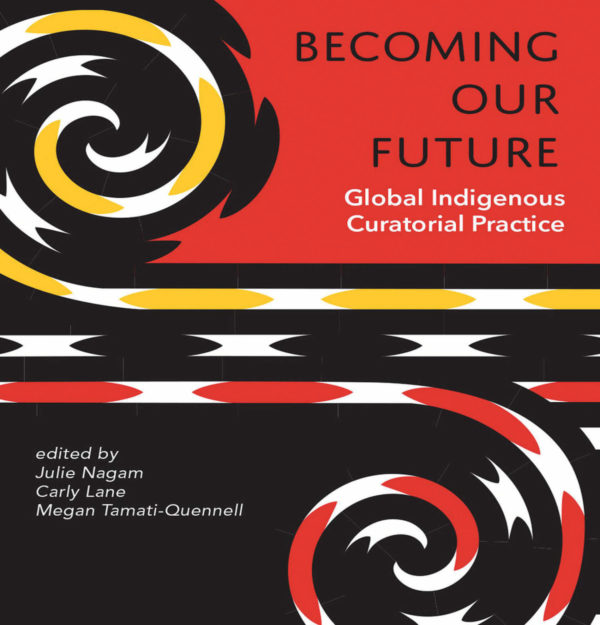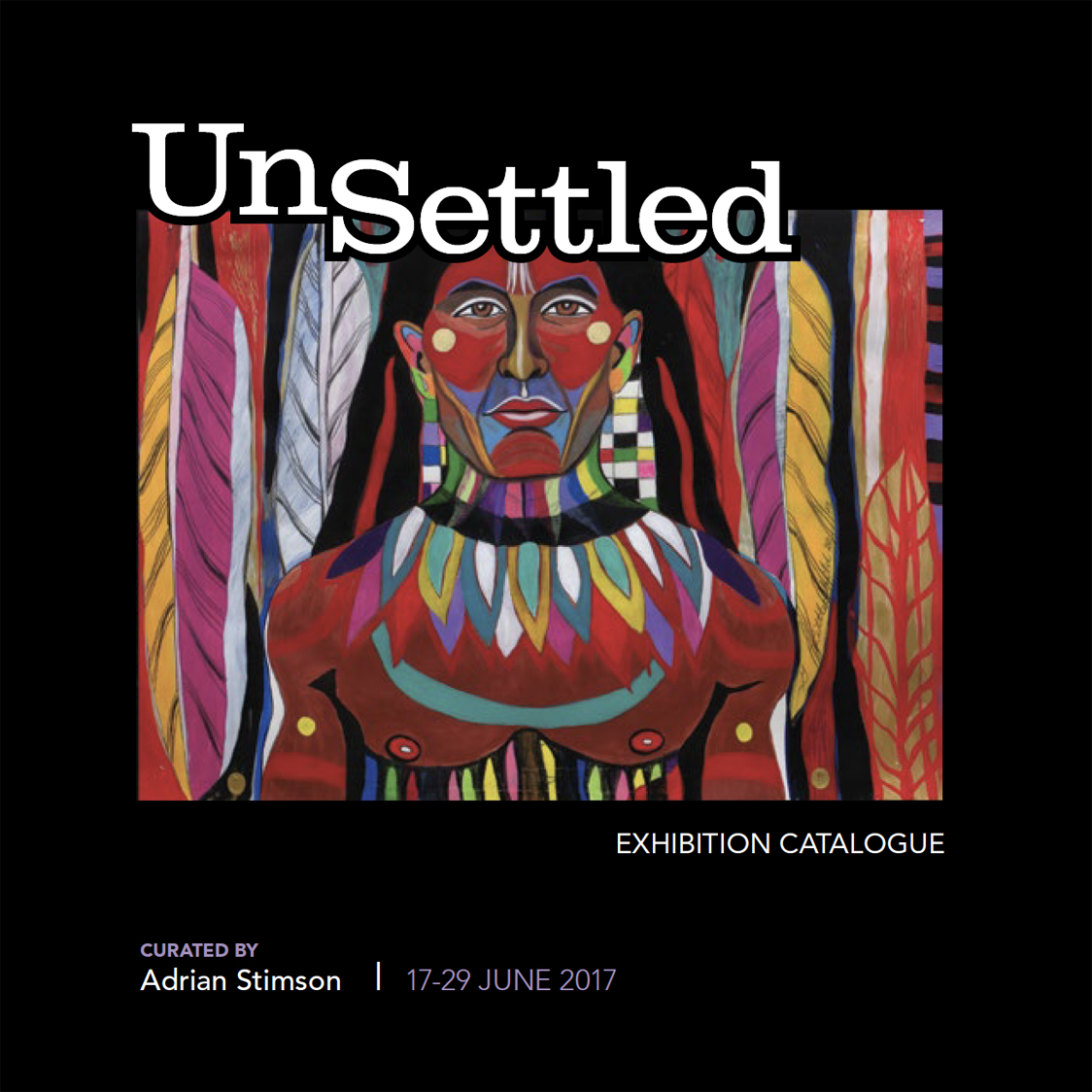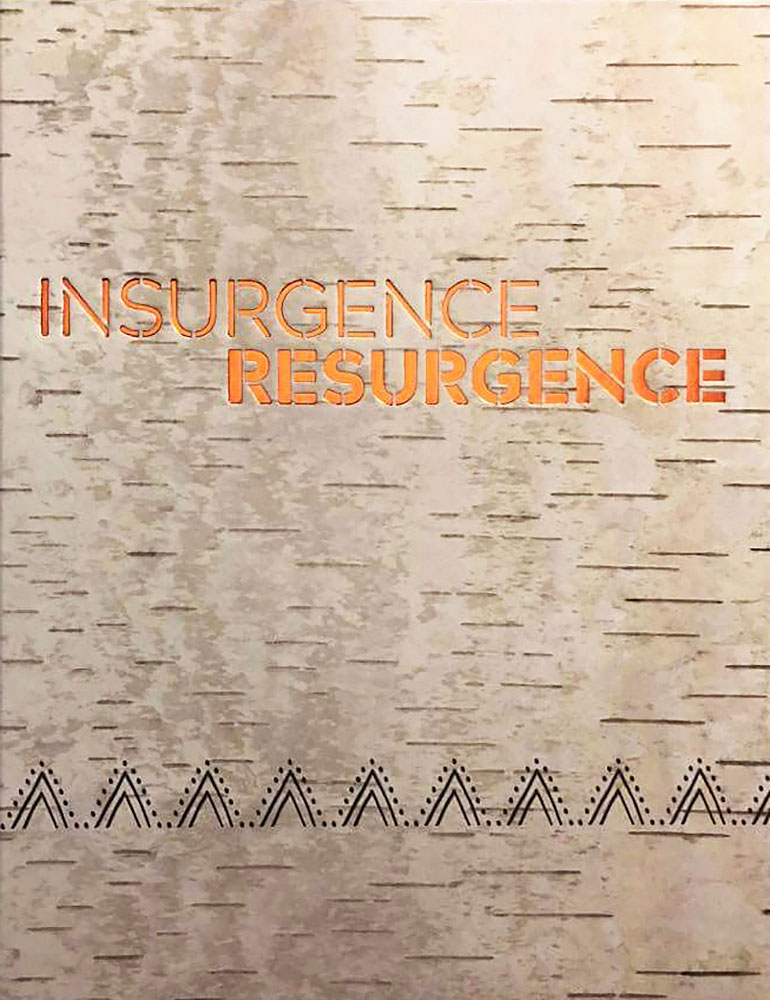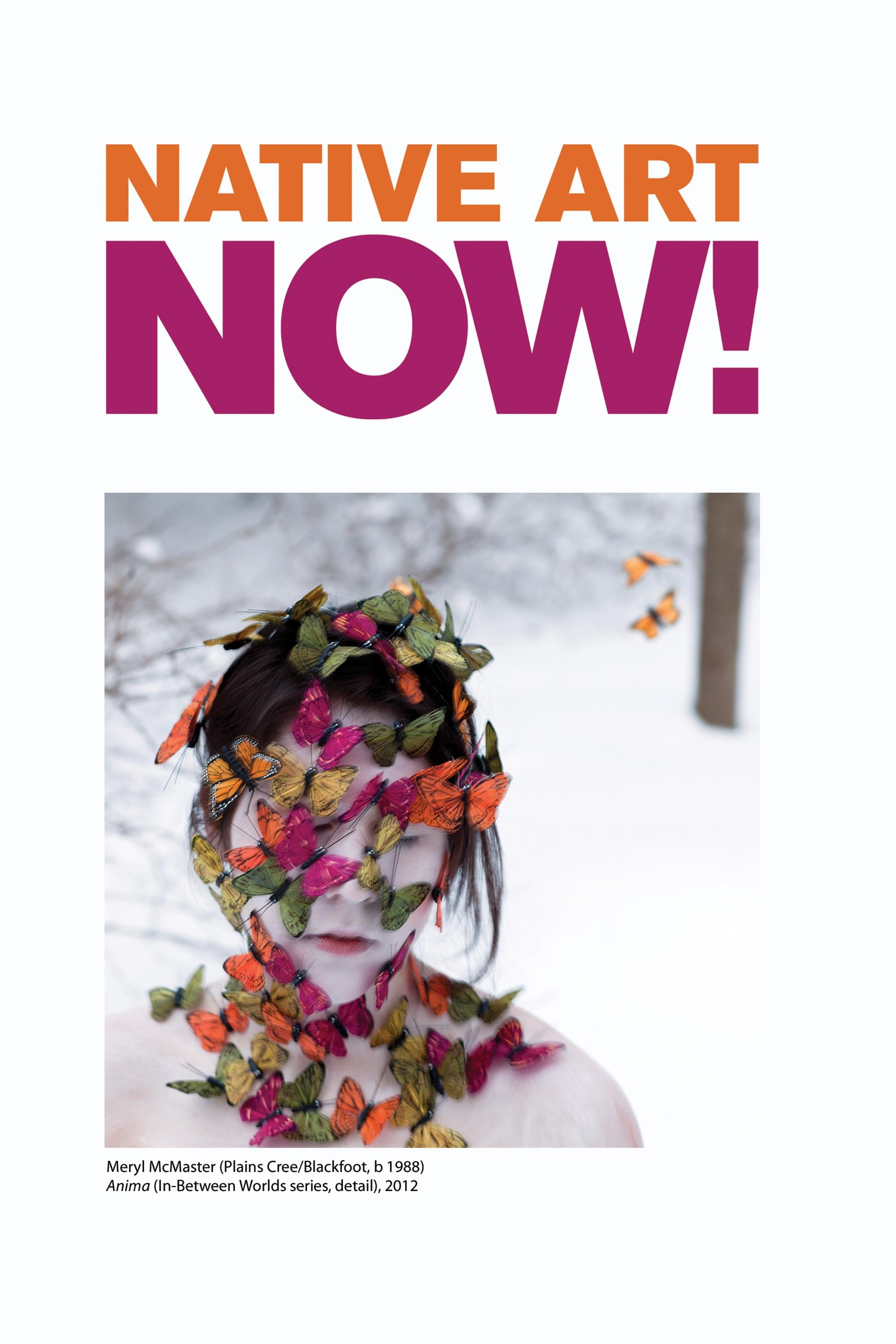A Note on Terminology
Please note that some materials in UBC Library collections may contain outdated, inaccurate, offensive, derogatory, and/or harmful terminology. This language reflects usage at the time of a document's creation (historical context) as well as controlled vocabularies used to describe particular topics (i.e., the Library of Congress Classification Scheme as it is used to catalogue Indigenous materials).
Materials on First Nations and Indigenous topics can be challenging to locate because Indigenous Peoples, places, and ways of knowing may be identified by more than one name, variant spellings, as well as colonially imposed names.
UBC's First Nations House of Learning and X̱wi7x̱wa Library have played an integral role in revising subject headings and developing controlled vocabularies that no longer reflect colonial naming practices, and more accurately convey the usage preferences of the Indigenous peoples to which they refer.
In your research you may encounter, and need to perform searches, using terms as seen in the examples below. Although some terminology is outdated, it may still be in use in cataloguing systems.
- Indians in art, or Native art. SEE: the Find Art Books section below for subject heading alternatives.
- Eskimo art. SEE: Inuit art, as one updated option among the names of other Indigenous Peoples living in the Arctic.
- Indians of North America. SEE: Indigenous Peoples--North America.
- Indian masks (traditional belongings, ceremonial objects). SEE: Indigenous peoples--Material culture, OR: Kwakiutl masks (Kwakwaka'wakw), as one updated option among the names of other Indigenous Peoples (e.g., Coast Salish, Haida, Haisla, etc.).
- Kootenay (People, language, geographic region). SEE: Kootenai, Ktunaxa, Kutenai. One of many examples of variant spelling.
For details on optimizing search strategies for topics in Indigenous Studies, see:
- X̱wi7x̱wa Names for BC First Nations, X̱wi7x̱wa Subject Headings and Classification System
- The UBC Indigenous Librarianship guide, see the sections on: Controlled Vocabularies, Name Authorities, & Classification Systems
- The “First Nations, Metis and Inuit – Indigenous Ontologies” (FNMIIO) spreadsheet
- The First Peoples' Map of BC, see the section on: Languages
For details on using terminology that is respectful, accurate, and inclusive, see:
- The Terminology Resources section of the UBC First Nations and Indigenous Studies guide.
- The University of British Columbia Indigenous Peoples: Language Guidelines
- The University of British Columbia Indigenous Foundations: Terminology
New Art Books
Here is a small selection of recently acquired titles for First Nations and Indigenous art.
Click on an image to be redirected to the item record in the UBC Library Catalogue.
Becoming our Future: Global Àbadakone Sonny Assu and Meryl McMaster: As Immense
Indigenous Curatorial \ Continuous Fire Brendan Tang: as the Sky
Practice Ready Player Two
Kent Monkman: Shame Skawennati: From UnSettled, exhibition catalogue
and Prejudice: A Story of Skyworld to curated by Adrian Stimson
Resiliance Cyberspace
Find Art Books
Search Summon and the Library Catalogue to find print and e-books.
Books in the call number ranges listed below are located on Levels 3 & 4 of the Music, Art & Architecture Library:
|
Core Art books are classed in the N-call number range.
|
Photography books are classed in the T-call number range.
|
Additional call numbers to consider:
- E-F - History of the Americas.
- E51-73 - Precontact / Precolonial Americas (Library of Congress Classification is: Pre-Columbian America. The Indians.).
- E75-99 - Indigenous art, North America (Library of Congress Classification is: Indians of North America.).
- F1001-1145 - Canada, sub-divided into provinces, territories, and regions.
- GN - Anthropology.
- Materials related to Indigenous art can be found within this call number.
- GV - Recreation, Leisure.
- Materials related to dance and performance.
- LC - Special aspects of education.
- Materials related to art and social justice, and/or activism.
- QA - Mathematics.
- Materials related digital art and new media art.
- SB - Plant Culture.
- Materials related to ecological art and installation art.
Note: some topics are interdisciplinary and may not limited to the call numbers above.
For more information on how call numbers are organized by the Library of Congress, see:
The X̱wi7x̱wa Library uses a British Columbia variant of the X̱wi7x̱wa Classification System, first developed by Kahnawake librarian Brian Deer for the National Indian Brotherhood (now the Assembly of First Nations) in the 1970s.
In X̱wi7x̱wa's collections, art books are classed in the W-call number range:
- W - fine arts, general
- WA - fine arts, Northwest Coast
- WB - fine arts, Plateau / Interior
- WD - fine arts, Woodland
- WE - fine arts, Plains
- WF - fine arts, Inuit
- WH - fine arts, Northwest Territories, Yukon
- WM - Music, Dance
New Art Books
To browse new art books recently acquired by the Music, Art & Architecture Library, see: New Books & Materials. Search by using:
(1) the "Restrict to subject" option and selecting "Fine Arts" in the drop down menu.
(2) the "Call number range(s)" option and identifying a specific call number to search (eg., AM, N-NX, ND249, TR).
(3) "More Options" and selecting "Music, Art & Architecture Library." Note: this retrieves new books from all three disciplines.
Subject Headings & Keywords
Listed below is a selection of art subject headings that can be used for keyword searching in the UBC Library Catalogue.
Click on the links to browse books on specific subjects.
Click on the links above or browse the UBC Catalogue for other subject headings. A visual example of how to get started is shown below.

Expanding your Search
To find more keywords/subjects try searching the following resources:
- Indigenous Foundations: Terminology
- Developed by the First Nations Studies Program at UBC. Provides an information resource on key topics relating to the histories, politics, and cultures of the Aboriginal peoples of Canada, including a section on identity and terminology.
- Getty Art & Architecture Thesaurus
- Offers structured terminology for art, architecture, decorative arts, archival materials, conservation, and bibliographic materials.
See: The Art & Architecture Thesaurus, The Cultural Objects Name Authority, and/or The Getty Thesaurus of Geographic Names.
- Offers structured terminology for art, architecture, decorative arts, archival materials, conservation, and bibliographic materials.
- Library of Congress Subject Headings
- Identifies controlled vocabularies -- specific words and phrases -- used to organize and locate books and articles by topic.
Primary Sources
For a detailed description of what constitutes a primary source, and how to search for primary source materials in UBC Library collections, see the:
- What is a Primary Source? section of the First Nations and Indigenous Studies guide
- Primary Sources guide
Dictionaries, Encyclopedias & Reference Materials
-
Continuum Encyclopedia of Native Art by
Call Number: E78.A7 W49 2000 (IKB Reference)ISBN: 0826411568Publication Date: 2000 -
Understanding Northwest Coast Art by
Call Number: E78.N78 S47 2000ISBN: 1550547755Publication Date: 2005-05-12 -
Encyclopedia of Native Tribes of North America by
Call Number: E76.2 .J62 2014ISBN: 9781770854611Publication Date: 2014 -
Native Peoples of the World: an Encylopedia of Groups, Cultures and Contemporary Issues by
Call Number: EbookISBN: 9780765682222Publication Date: 2012 -
Encyclopedia of Latin American History and Culture by
Call Number: EbookISBN: 9780684312705Publication Date: 2008 -
 A dictionary of Canadian artists
by
Call Number: N6548 .M284 (IKB Reference)ISBN: 9780919554214Publication Date: 1967-
A dictionary of Canadian artists
by
Call Number: N6548 .M284 (IKB Reference)ISBN: 9780919554214Publication Date: 1967- -
The Oxford dictionary of art and artists by
Call Number: N33 (Online)ISBN: 9780191782763Publication Date: 2015 -
 The Dictionary of Art
by
Call Number: N31 .D5 1996 (IKB Reference)ISBN: 1884446000Publication Date: 2003
The Dictionary of Art
by
Call Number: N31 .D5 1996 (IKB Reference)ISBN: 1884446000Publication Date: 2003
Bibliographies
-
First Nations artists in Canada : a biographical-bibliographical guide, 1960 to 1999 by
Call Number: E98.A7 A16 2001 (IKB Reference)ISBN: 0889473803Publication Date: 2001 -
Art and Architecture in Canada by
Call Number: ZN6540 .L47 1991ISBN: 0802058566Publication Date: 1991
Select Books on Northwest Coast Art
-
Unsettling Native Art Histories on the Northwest Coast by
Call Number: EbookISBN: 9780295747149Publication Date: 2020 -
Native Art of the Northwest Coast by
Call Number: E78.N78 N372 2013ISBN: 9780774820493Publication Date: 2013 -
Art of the Northwest Coast by
Call Number: E78.N78 .J55 2006ISBN: 9780295986364Publication Date: 2006 -
Northwest Coast Native and Native-Style Art by
Call Number: E78.W3 A93 1995ISBN: 0295974680Publication Date: 1995 -
Looking at Indian Art of the Northwest Coast by
Call Number: E78.N78 S77 1979ISBN: 088894229XPublication Date: 1979 -
-
Salish Myths and Legends by
Call Number: E99.S21 S33 2008ISBN: 9780803210899Publication Date: 2008 -
Indian Legends of the Pacific Northwest by
Call Number: E98.F6 C57 2003ISBN: 0520239261Publication Date: 2003 (50th Anniversary Edition)
Select Books on Indigenous Art & Artists
-
-
-
Mapping Modernisms by
Call Number: N6351.2.I53 M37 2018 (+ online)ISBN: 9780822368595Publication Date: 2019 -
-
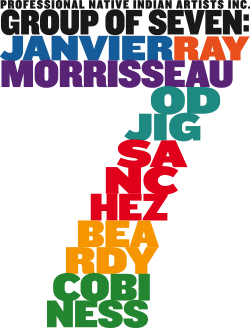 Professional Native Indian Artists Inc.: Group of Seven: Janvier, Ray, Morrisseau, Odjig, Sanchez, Beardy, Cobiness
by
Call Number: N6549.5 A54 P76 2014ISBN: 9781896470870Publication Date: 2014
Professional Native Indian Artists Inc.: Group of Seven: Janvier, Ray, Morrisseau, Odjig, Sanchez, Beardy, Cobiness
by
Call Number: N6549.5 A54 P76 2014ISBN: 9781896470870Publication Date: 2014 -
Isuma: Inuit Video Art by
Call Number: PN1993.5 .C3 E92 2008ISBN: 9780773533691Publication Date: 2008 -
Museum pieces: toward the indigenization of Canadian museums by
Call Number: E76.85 .P45 2011ISBN: 9780773587465Publication Date: 2011 -
Native American Performance and Representation by
Call Number: PS153 .I52 N377 2009ISBN: 9780816502745Publication Date: 2011
Books from Other Libraries
If UBC Library doesn't have the book you need, try ordering it through our Interlibrary Loan Service.
Visiting another university library? Reciprocal Borrowing agreements may allow you to sign out books at that library.
These databases will expand your search beyond UBC Library:
